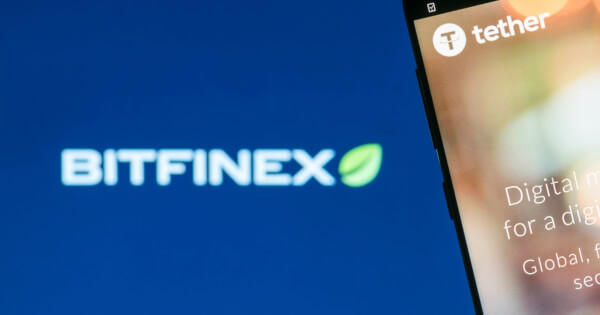Jessie A Ellis
Oct 22, 2024 08:36
Ethereum community discusses reducing staking threshold from 32 ETH to 1 ETH, potentially democratizing network participation and enhancing decentralization, according to Bitfinex.
The Ethereum community is abuzz with discussions about a proposed reduction in the staking threshold from 32 ETH to just 1 ETH. This move, as reported by Bitfinex, promises to open the doors for more participants to join the network as validators and earn staking rewards. The question remains whether this marks a significant turning point for the world’s second-largest blockchain network.
Staking: Power and Responsibility
In the realm of cryptocurrencies, staking can be likened to depositing money into a network to participate in transaction validation and blockchain security. In return, participants receive rewards. However, Ethereum’s current requirement of 32 ETH (approximately $84,000) has posed a significant barrier to entry for many aspiring validators.
Lower Threshold – Opening Doors for All
Ethereum co-founder Vitalik Buterin has proposed lowering the staking threshold to just 1 ETH. This initiative aims to democratize the staking process, allowing anyone to become a validator, thereby enhancing the security and decentralization of the network.
Key Benefits
- Strengthened Network: A greater number of validators would make Ethereum more robust and secure against attacks.
- Decentralization: Reducing the staking threshold encourages broader participation, preventing power from concentrating among a few large organizations.
- Improved User Experience: The accompanying proposal of “Single-slot finality” would accelerate transaction confirmation speeds, providing a smoother experience for users.
Challenges Ahead
While the reduction in staking threshold offers numerous benefits, it also presents challenges:
- Scalability Management: Handling a large number of validator signatures will require complex technical solutions.
- Balancing Speed and Security: Increasing transaction confirmation speeds must not compromise the network’s security.
The Future of Flexible Staking Platforms
Platforms like Lido and Rocket Pool have been key players in flexible staking, allowing users to contribute smaller amounts than the current 32 ETH requirement. However, with the threshold potentially dropping to 1 ETH, these platforms may need to adapt their strategies.
What’s Next for Ethereum?
Lowering the staking threshold is just one facet of Ethereum’s long-term development strategy. The network is also targeting other ambitious goals:
- Enhanced Scalability: Meeting the growing demand for transactions.
- Quantum Resistance: Protecting the network from quantum technology threats.
- 51% Attack Recovery Mechanisms: Strengthening the network’s ability to recover from potential majority attacks.
In conclusion, the move to lower the staking threshold represents a crucial step towards promoting decentralization and accessibility within Ethereum. Nevertheless, the Ethereum community must address scalability and security challenges to ensure the network’s sustainable growth.
Image source: Shutterstock
Credit: Source link
































